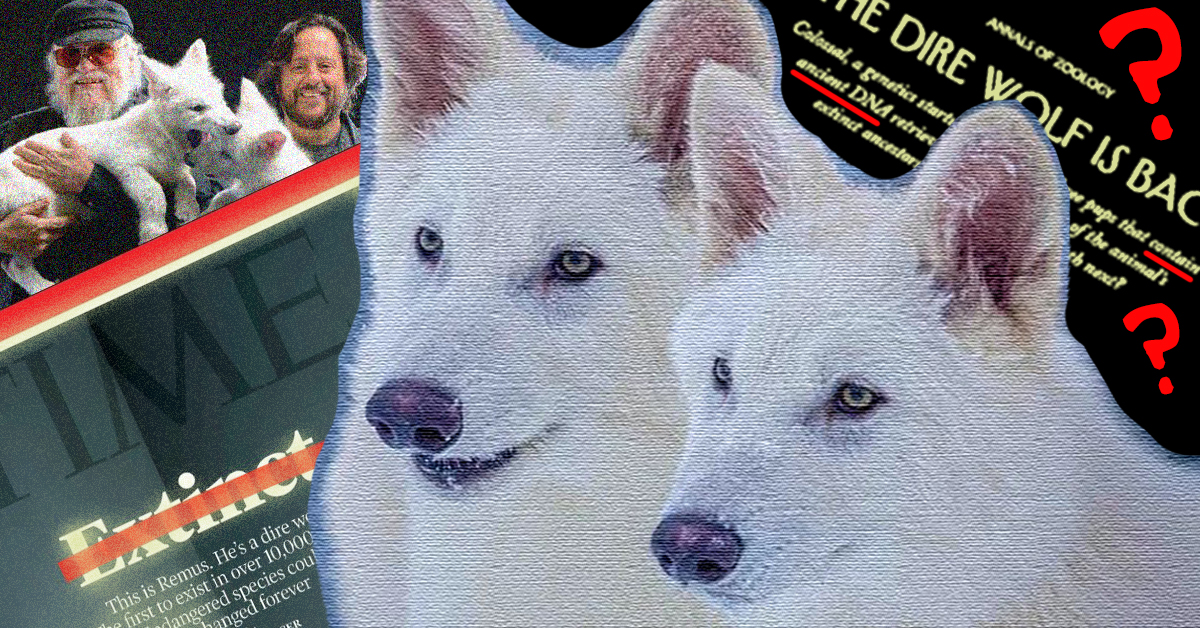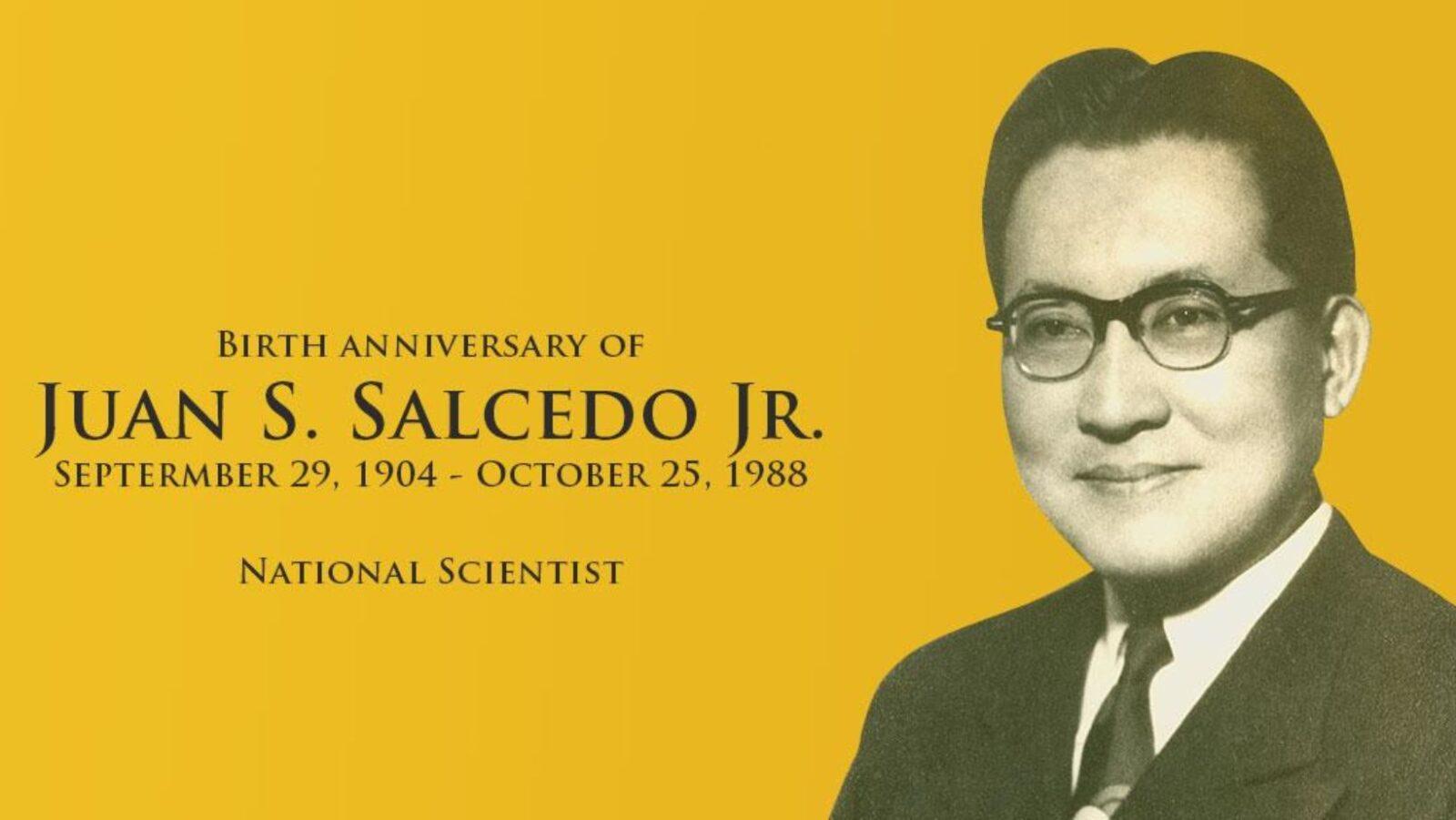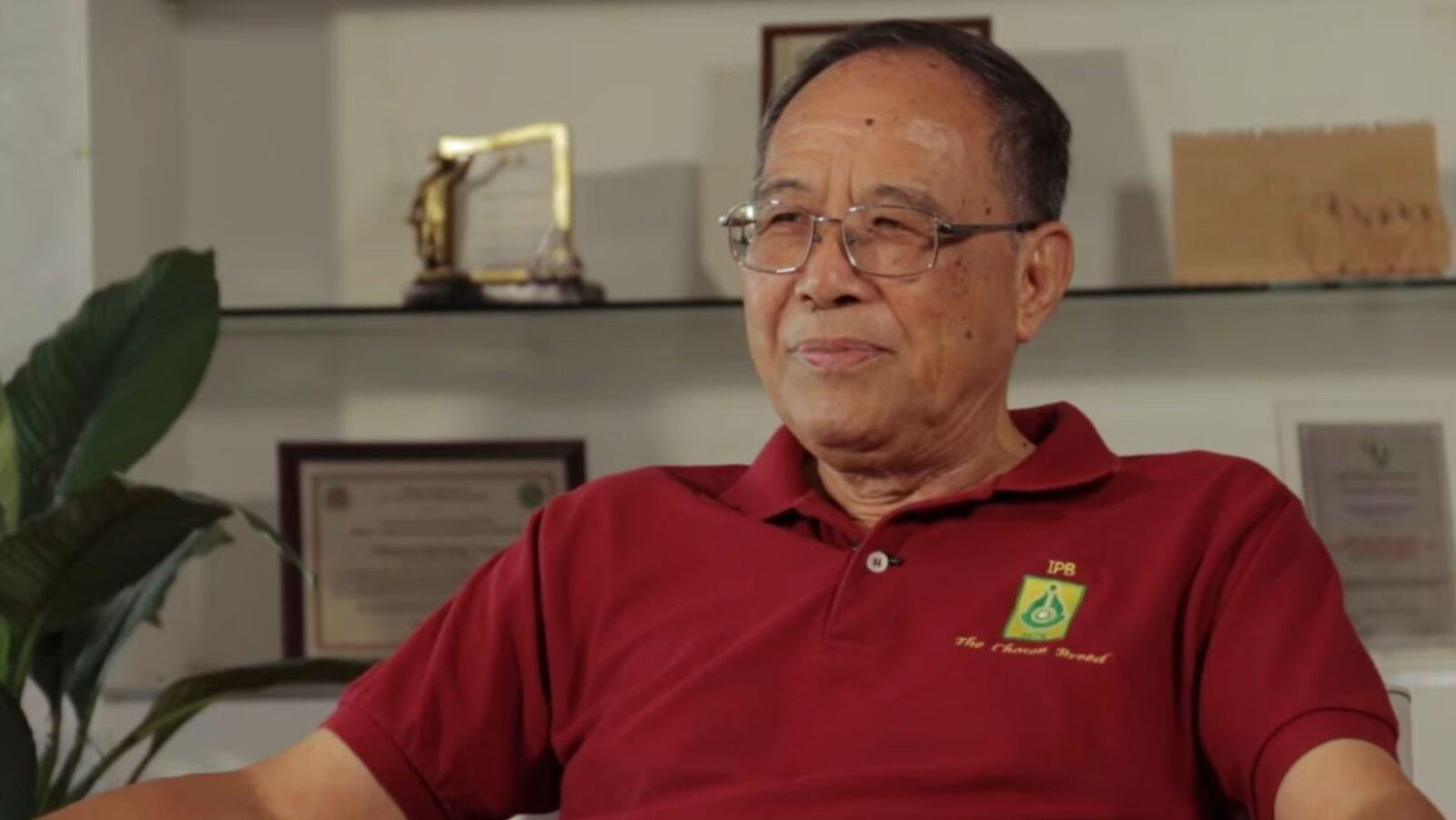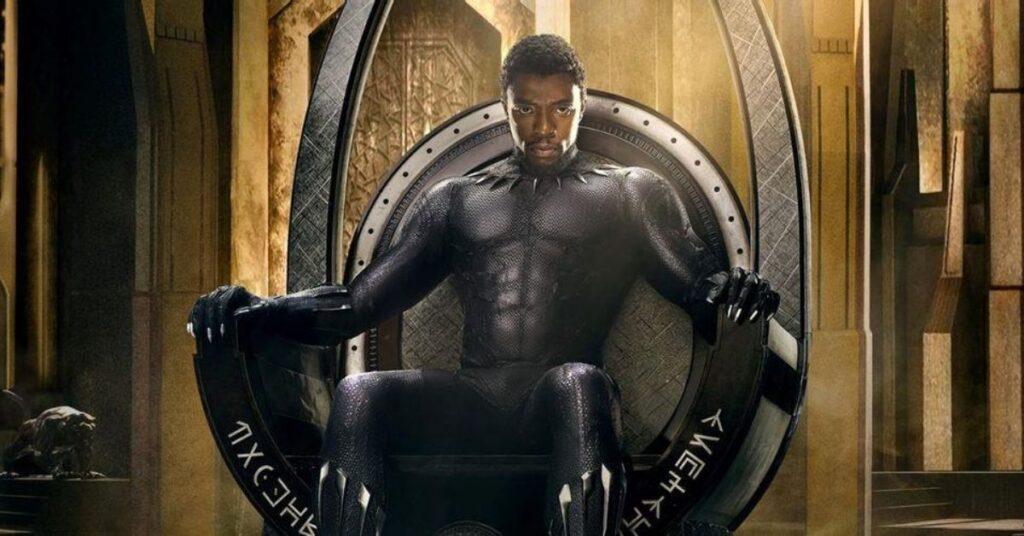
To the uninitiated, King T’Challa may seem like a well-rounded but ultimately superfluous addition to the Avengers. A cursory glance at the Black Panther’s powers and abilities could understandably make anyone think that T’Challa doesn’t really offer anything unique to the table. Besides, the Avengers already have powerful royalty (Thor), an unstoppable warrior (the Hulk), a battle-hardened leader (Captain America), and a billionaire technologist (Iron Man) among their ranks. Do they really need the Black Panther?
If you were to really think about it, though, it’s actually the other way around. With the resources and abilities at his disposal, you just have to wonder why T’Challa would ever need them.
In the Marvel Cinematic Universe, T’Challa rules over the sovereign nation of Wakanda, a technologically advanced nation in the heart of Africa that had remained hidden from the rest of the world in plain sight for centuries. Born and raised to be a warrior king, the only son of the late T’Chaka took on the mantle of the Black Panther — a designation passed on from one generation to the next — after the former king died in an explosion in Captain America: Civil War.
Now that the standalone Black Panther film has given us a more in-depth look at the abilities and equipment of its eponymous protagonist (including his incredibly cool, energy-absorbing suit), let’s examine just how much of it can be explained by real-world science.
The Black Panther’s secret: the Heart-Shaped Herb
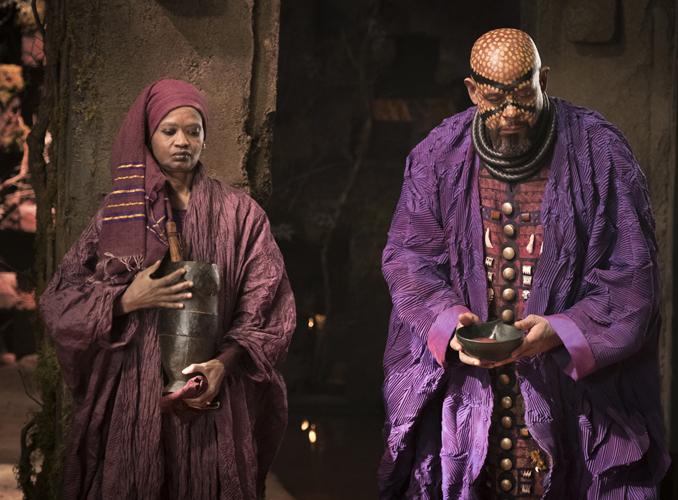
T’Challa’s superhuman speed, strength, and senses come from the essence of the Heart-Shaped Herb, a plant native to Wakanda that only Black Panthers are allowed to consume. The plant was actually mutated by the chemicals in Wakanda’s soil, which came from the Vibranium meteorite that crashed into the African nation thousands of years ago.
But what about in the real world?
Thanks in no small part to human activity, soil contamination resulting from the presence of heavy metals (such as nickel, lead, and copper) is rampant in numerous parts of the world. Many studies have identified and demonstrated the ill effects of metal toxicity in plants. Nickel, for instance, has been observed to hinder seed germination and crop growth. The presence of excess lead in the soil can affect seed morphology and physiology, chlorophyll production, seedling development, and other crucial processes and functions. Meanwhile, copper is reportedly toxic to sunflower seedlings, inducing oxidative stress that may result in lasting damage to the plant’s DNA.
In the MCU, Vibranium is a rare and powerful ore native to Wakanda, known for its remarkable properties unlike any other metal on Earth. Vibranium absorbs vibration, is stronger than steel (while only being about a third of its weight), and can be woven into clothing to create incredibly durable armor. Due to its high-tensile, low-density attributes, the fictional substance may be compared to light metals such as titanium and aluminum in the real world. Light metals are generally low in toxicity compared to heavy metals; however, a significantly high concentration of light metals (such as, well, an entire meteorite’s worth, for instance) would be toxic to the soil.
Thus, while plants have been known to develop and adapt over time based on soil composition and toxicity, it would be unlikely for the Heart-Shaped Herb scenario to play out the way it did anywhere other than within the pages of a comic book. The idea is about as scientifically sound as the notion that a bite from an irradiated spider could give you the arachnid’s powers.
The Panther Habit
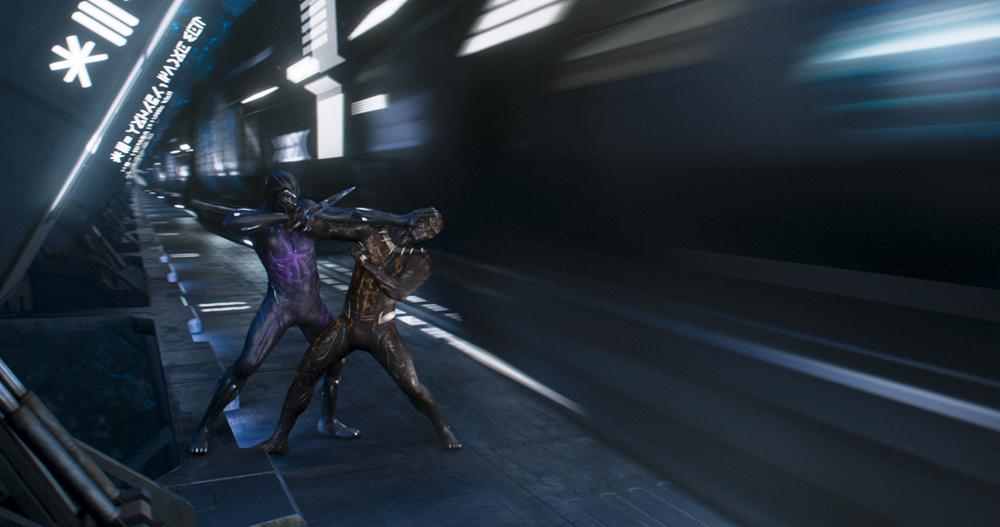
While the rest of the world sees it as a slick superhero costume, the Panther Habit actually represents far more than that. It’s the ceremonial garb of the Panther Cult, the state religion of Wakanda, comprised of a special Vibranium weave.
As JV Chamary explains in an article on Forbes, Vibranium can absorb vibrations from sound and other sources of kinetic energy. Chamary cites the author of The Physics of Superheroes, Professor James Kakalios of the University of Minnesota: “Vibranium has the ability to absorb any and all sound and convert the energy in the sound wave into some other, not-well-specified form, making it the perfect shock absorber.” Professor Kakalios theorizes that Vibranium converts sound vibrations to light — a phenomenon observable in real life known as sonoluminiscence — due to the first law of thermodynamics (energy can neither be created nor destroyed). This is likely why glowing purple lines appear all over the upgraded Panther Habit in the film as it absorbs more and more energy.
Additionally, according to Dr Suveen Mathaudu from the University of California in Riverside, Vibranium acts as a supercapacitor. As demonstrated in the way Captain America’s famous Vibranium shield works, the metal’s atomic bonds can rapidly store all that absorbed energy and release it later on. This is what allows the Panther Habit to take insane amounts of punishment — punches, kicks, bullets, explosions, and even the full force of a charging rhinoceros — and store all that energy, later releasing it as a powerful radial shockwave.
Razor-sharp claws
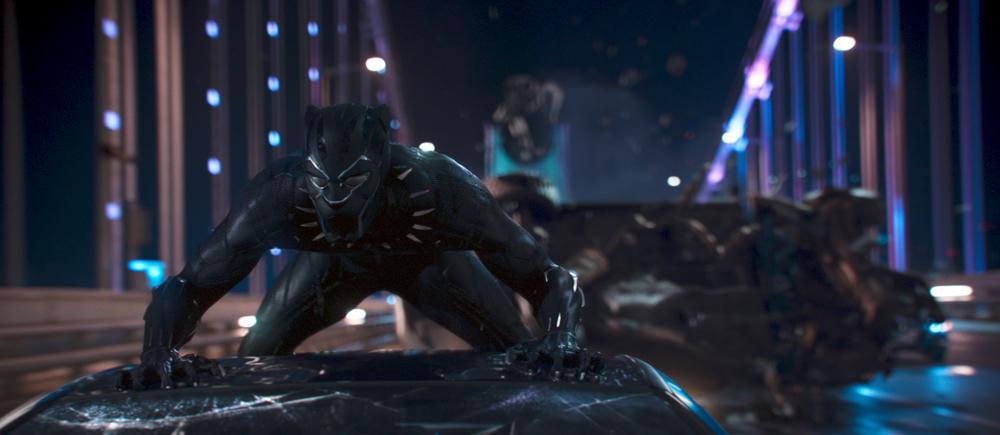
In addition to his vibration-absorbing suit, the Black Panther also wears gloves with claws that can cut through just about anything. (They’re also really handy for hitching a ride on speeding cars.)
While the topic is never really directly addressed in the film, it would be safe to assume that the Black Panther’s super-sharp claws are made of a material that can break down all metals at the molecular level, due to the fact that it was able to scratch Captain America’s Vibranium shield in Civil War. In the comics, a variant of Vibranium called Antarctic Vibranium exists, also known as the “Anti-Metal.”
Meanwhile, a Stack Exchange thread on this topic offers a logical (and simpler) explanation:
We can clearly see the claws are sharpened to blades, the shield is a perfectly flat surface. The claws would rightfully so scratch the shield as they are the same density but the blades are sharp points.
If it helps think of it in terms of real world glass. You can sharpen glass to a point where it can cut through other glass not too dissimilar to a diamond cutting through glass.
In the real world, the ability of one metal to scratch another can be determined by its position on the Mohs scale of hardness — the higher the number, the harder the material. Diamond, for example, rates a 10 on this scale, while lead and tin are only rated at 1.5. Going back to the thread:
Some real world science! If we go off Mohs Hardness Scale. We can determine that:
If the two specimens are equal in hardness then they will be relatively ineffective at scratching one another. Small scratches might be produced, or it might be difficult to determine if a scratch was produced.
So from this we can safely assume that “relatively ineffective” allows for scratches to be made however slight they may be. Factor in that caps shield has some kind of paint job on it the scratches we see are entirely plausible given real-world science, cinematic exaggeration and the fact that it’s a sci-fi film.
Kimoyo beads
Those beads that T’Challa wears around his wrists aren’t just for show. In the comics, each bead has a purpose. The Prime Bead, for example, contains birth and medical information about the wearer, making each of these bracelets quite unique. The AV Bead can create holographs that connect to Wakanda’s version of the Internet, while the Communication Bead serves as the Wakandan take on mobile phones. When used together, the AV Bead and Communication Bead enables holographic calls, as demonstrated multiple times in the film. The race is on to make this a reality for consumers, with countless hologram research projects under development in both corporate and university laboratories across the globe.
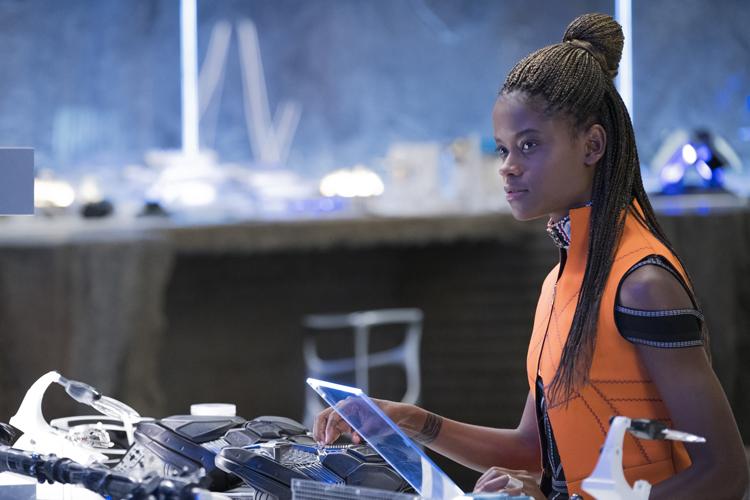
In the comics, the Kimoyo beads are connected to the Wakandan network, and they stop functioning when you leave the country. In the film, however, T’Challa’s sister Shuri developed enhanced beads that enable him to coordinate with her all the way from South Korea.
Energy-dampening boots
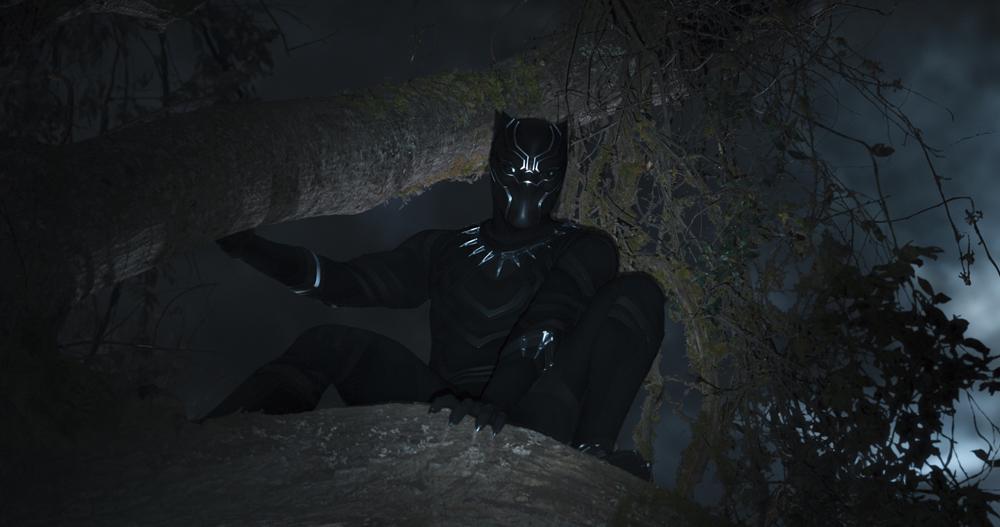
Black Panther’s boots weren’t made for just walking. With its molded soles made of Vibranium, T’Challa can survive falls from great heights, scale walls, skim across water, or even rob incoming objects of their momentum.
Sound waves are the result of alternating pressure or density, and are transmitted when atoms vibrate through a medium. The Vibranium-soled boots absorb and trap these waves, effectively dampening the sound of T’Challa’s movements. This makes them a must for stealth missions, as they allow him to walk silently, prowling and stalking his prey like a true panther.
All in all, not bad for a guy in a metal cat suit, don’t you think?
Author: Mikael Angelo Francisco
Bitten by the science writing bug, Mikael has years of writing and editorial experience under his belt. As the editor-in-chief of FlipScience, Mikael has sworn to help make science more fun and interesting for geeky readers and casual audiences alike.


